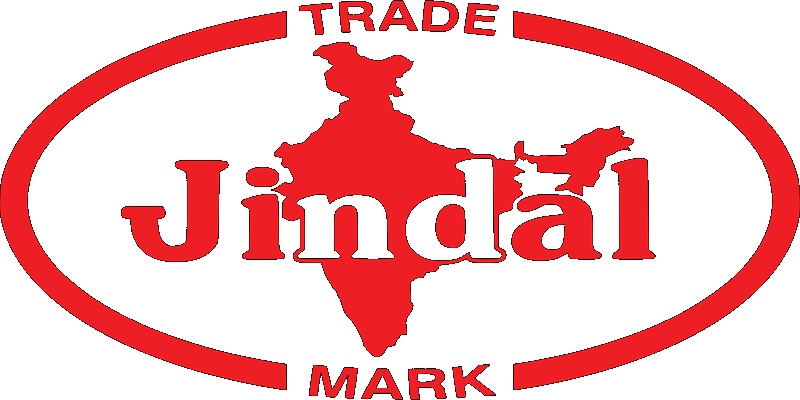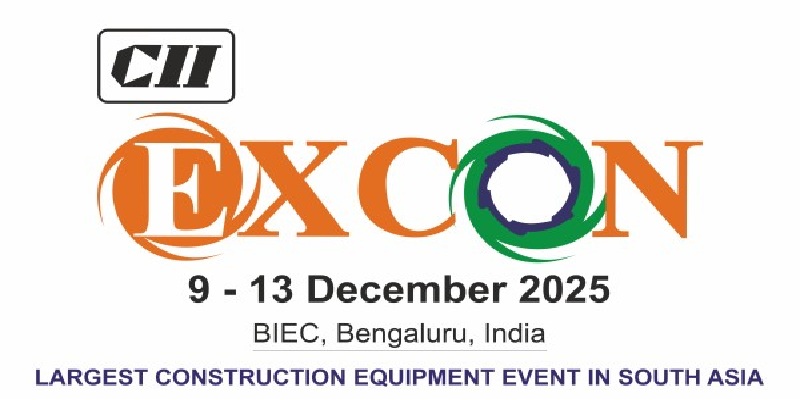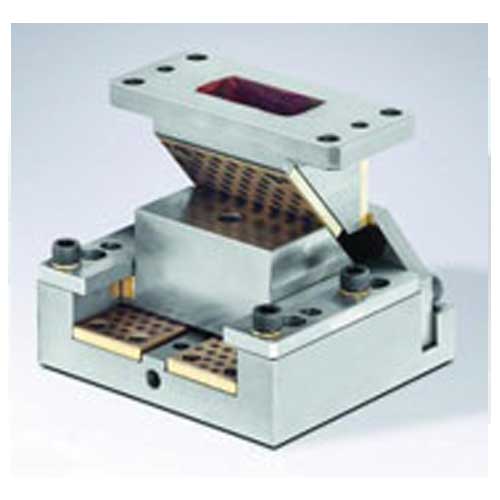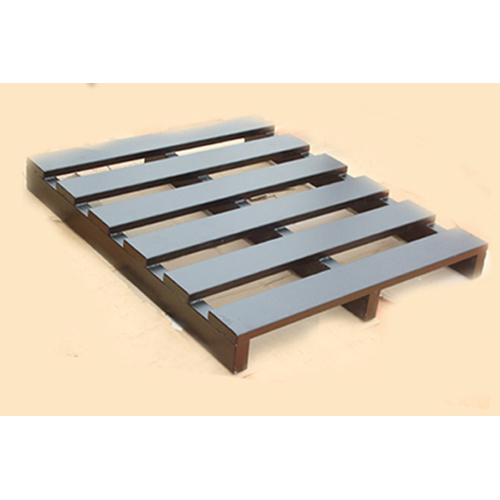Schedule a Call Back
Trade war, rising protectionism to hurt Indian MSMEs
 Industry News
Industry News- Jun 01,18
|
Highlights of FICCI's latest Economic Outlook Survey:
|
Related Stories

High-Speed Clean Room Doors for Controlled and Regulated Environments
High-speed clean room doors are specialised industrial doors essential for maintaining controlled environments, providing an airtight barrier and enhance hygiene, safety, durability, and regulatory ..
Read more
Jindal (India) Announces Rs 1.5 Bn Investment to Expand Steel Capacity
Jindal (India) Limited will invest Rs 1.5 billion to upgrade facilities in West Bengal, boosting capacity, efficiency and revenues as part of its wider expansion strategy.
Read more
CII–ICEMA Highlight Export Competitiveness of India’s CE Industry at EXCON 2025
CII and ICEMA, at EXCON 2025, underscored India’s growing construction equipment export strength, policy support, innovation leadership and global ambitions.
Read moreRelated Products

Perforated Sheets
Raj Filters & Wiremesh Pvt Ltd offers a wide range of perforated sheets.

Fibro Die Mounted Cam Unit
Fibro India Precision Products Pvt Ltd offers a wide range of fibro die /mounted cam unit. Read more

Metal Pallets
Metal Impacts manufacturers a high quality steel pallets that are available in different sizes, forms and construction designs to meets the needs and requirements of our huge client base. These ste Read more















